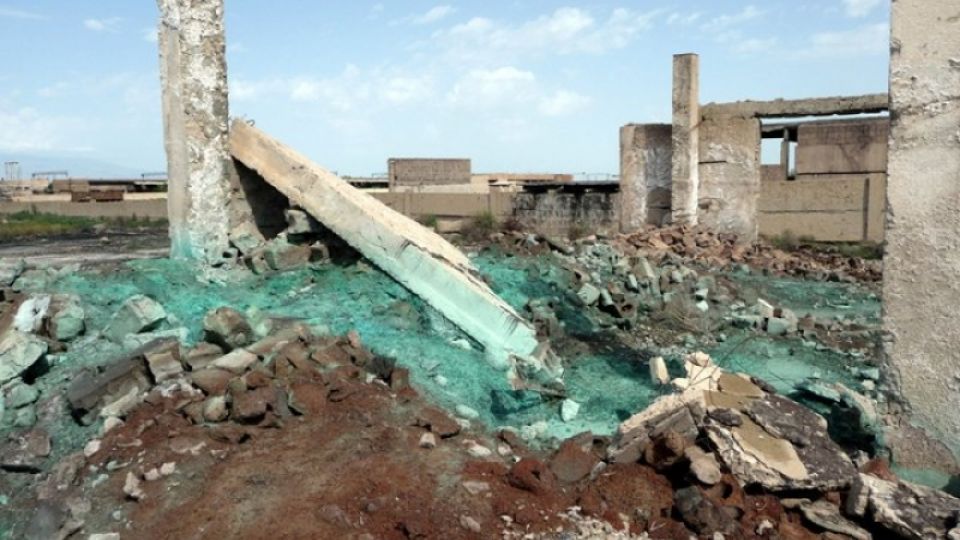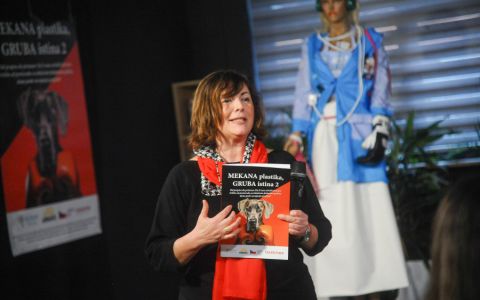The project "Improvement of chemical safety as a contribution to solving social problems in rural areas of Armenia" was officially launched in March 2010. Now, in late May and beginning of June 2011, the project is coming to the end. We went to Armenia for the last time.
The first activity in this way was a conference in 31May organized by Arnika in collaboration with the Armenian Women for Health and Environment (AWHHE) and the OSCE Office. Jindřich Petrlík from Arnika presented the analysis results of samples of air, soil, etc. obtained at 5 locations (old pesticides dump) during the previous visits to Armenia. The analysis of state and potential risk exposed people in the vicinity of these sites was also realised, as well as a survey of the level of contamination of the food chain. In areas where pesticides are stored, the analysis revealed the danger of DDT. Pesticides and dioxin were also found in food samples from these areas.
In the following days, we visited several interesting places such as Lake Sevan. This huge lake, a potential source of drinking water for the future, has also struggled with many environmental problems. Pollution from industry and water shortages are solved for now, but there is still eutrophication which poses several issues.
The travel plan were to more places contaminated by toxic substances. The first of these was Alaverdi, located in northern Armenia. Alaverdi might seem like a pleasant mountain town, but chimney of copper factory emits clouds of smoke. Above the town in the hills, the hazardous waste dump from past production is left. The low concrete wall separating between the individual sections, which have mysterious orange granules, the piles of green "jelly," or bright blue powder, mixed with pieces of ceramic components all present reasons for concern. Over the whole place floats chemical smell. Here we took some samples to be analyzed mainly on the content of heavy metals.
The second place was former storage of fertilizers and pesticides near the border with Azerbaijan which was in the nineties bombed during the war. In the wreckage of the area, one can still find remnants of pesticides, fertilizers, and other agricultural chemicals. However, the pervasive stench does not deter local cattle that occasionally came into the area to test the grass growing between the concrete panels. Here, we took some samples for analysis.
Although the current project is already nearing its end, the most important first steps to minimize the risk from pesticides has already been made. Arnika helped to pass their experiences to local groups and NGOs who are able to more effectively demand environmental protection. Such beautiful country, like Armenia, deserves it.







